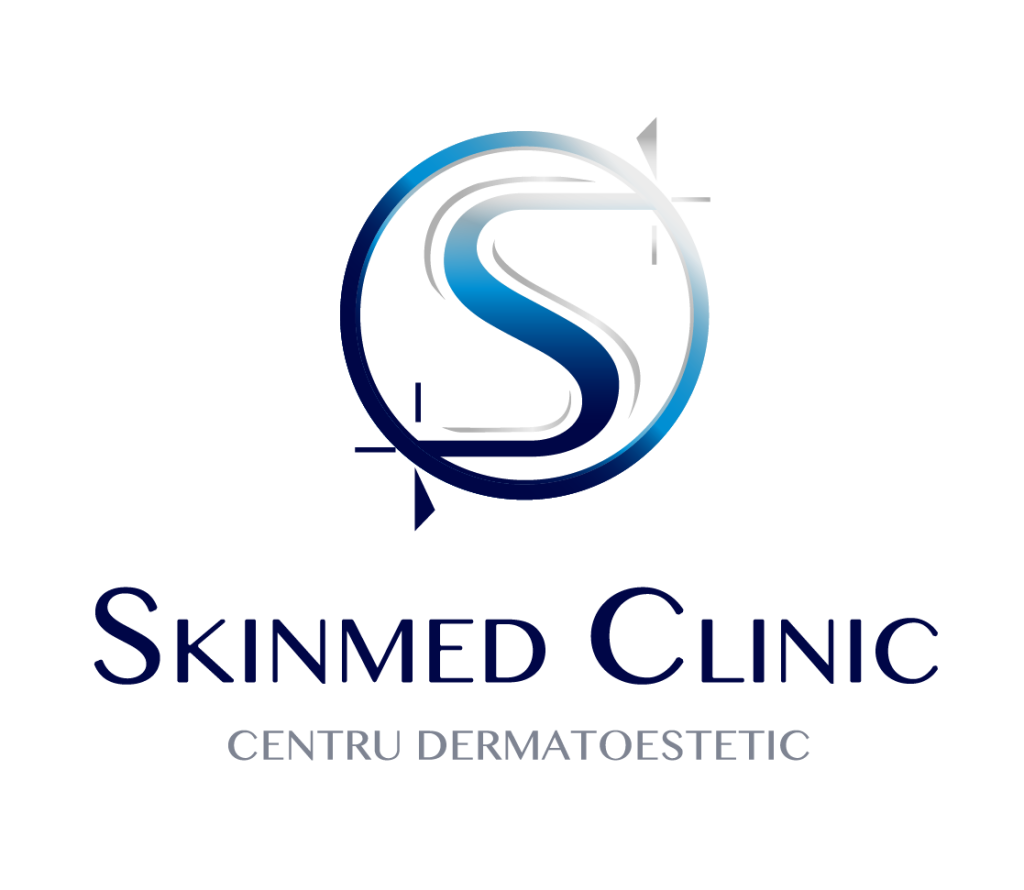Chemical peeling is a dermato-cosmetic procedure that consists of inducing accelerated skin regeneration in a controlled manner.
Chemical peeling
Dermatological facial treatment
What is chemical peeling?
Chemical peeling is a treatment used to improve the appearance of the skin, also known as chemo-exfoliation or derma-peeling. It consists of the application of chemical exfoliating agents that act on the different layers of the skin for a controlled exfoliation that allows tissue regeneration. The result is smoother, firmer and healthier skin.
The action of chemical peeling is to remove the outer layers of the integument and stimulate the production of collagen, elastin and glycosaminoglycans.
Due to its effectiveness in activating the skin's own regenerative processes, chemical peeling is an ideal adjuvant treatment to other aesthetic medicine treatments. It works synergistically with other procedures, such as CO₂ laser, microplasma radiofrequency, hybrid laser, mesotherapy, phlebectomy, own plasma therapy, enhancing treatment results.
The latest approach to aesthetic medicine is combination treatments. No single technique can completely address and solve all of a patient's problems. Therefore, a combination of chemical, physical or mechanical stimulation, according to a well-established protocol, is often the best way for a holistic approach to achieving a natural look.
Benefits of chemical peeling
How does chemical peeling work?
During treatment, the appropriate chemical solution is applied to the patient's skin and the top layer is gradually peeled off. The skin heals after the procedure and becomes much smoother and brighter.
Chemical peels can be used to treat different skin types, such as sensitive skin, skin with enlarged pores, uneven skin texture or wrinkled skin.
There are several types of chemical peels, which can be tailored to each person's skin needs.
Before trying a chemical peel, it is important to consult a dermatologist, as factors such as medical history, skin type and other medical conditions may influence the decision to have such a treatment. It is also important to strictly follow the skin care instructions after a chemical peel to avoid adverse reactions or skin irritation.
Types of chemical peels
Depending on the depth at which they work, chemical peels can be divided into 3 categories:
Superficial peeling:
It acts on the superficial layer of the skin, down to the basal layer, stimulating epidermal growth by removing the stratum corneum.
The procedure, which takes 30 minutes, is recommended from September to the end of April, once a month. Recovery time after the superficial chemical peel is 2-3 days.
Medium peeling:
It acts down to the papillary dermis, causing significant desquamation by inducing superficial dermal inflammation. It can be used in the treatment of wrinkles, post acne scars, intense pigmentation spots or very enlarged pores.
A session lasts 45 minutes and should be repeated every five weeks. It requires a recovery time of 7 days rest at home.
Peeling deep:
It works down to the level of the reticular dermis, performing a deep chemical exfoliation, which causes an inflammatory reaction in the reticular dermis and thus induces the rebuilding of collagen and elastin fibres.
It is recommended for the treatment of medium and deep wrinkles, deep scars. The procedure takes about an hour and the recovery period is between two and four weeks.
Types of peeling substances
There is a wide range of peeling substances, tailored to the problems requiring correction.
Mandelic acid:
combats hyperpigmentation, blurs fine lines and wrinkles, supports cell regeneration and gives the complexion a radiant appearance.
Salicylic acid:
is known for its antiseborrheic/antiacne and anti-inflammatory effect. Salicylic acid peel is recommended for people with oily or acneic skin, but can also be used to treat pigmentation spots. Salicylic acid deep cleanses blocked pores, reduces excess sebum and comedones, maintains and improves skin firmness.
Glycolic acid:
is an exfoliating substance that belongs to the alpha hydroxyl group of acids. It relieves pigmentation spots and smoothes fine wrinkles and is recommended for people with mature skin and those with oily or acneic skin. Glycolic acid helps to remove dead skin cells from the surface of the skin, stimulating collagen production and elasticity.
Lactic acid:
is for sensitive skin. It regulates sebum secretion, reduces enlarged pores and evens out skin tone.
Trichloroacetic acid (TCA):
stimulates neocolagenesis (collagen production), with multiple indications in the skin remodeling process. Trichloroacetic acid (TCA) peels are recommended for people with mature skin, deep wrinkles or scars. Trichloroacetic acid penetrates deeper into the skin and helps to remove dead cells from the skin's surface, stimulating collagen production and elasticity.
PRX-T33:
is a formula containing 33% TCA (trichloroacetic acid), hydrogen peroxide and kojic acid. It provides all the benefits of a high percentage TCA peel, but without the associated side effects of discomfort and excessive flaking.
PRX-T33 chemical peel.
Non-invasive, non-ablative, painless and non-photosensitizing rejuvenation and revitalization treatment
PRX-T33 is a highly effective peeling treatment for skin biorevitalization that requires no recovery time.
It is a type of peel that does not affect the epidermis (the outer layer of the skin), but acts directly in the dermis, where there is an intense stimulation of fibroblasts and collagen production. It has an immediate moisturising, firming and firming effect on the skin, leaving the top layer of skin intact. The treatment therefore does not sensitise the skin and is recommended in all seasons.
The main active components of PRX-T33 are hydrogen peroxide (H2O2), trichloroacetic acid (TCA) and kojic acid.
TCA has long been used in medicine, with the earliest reports dating back to 1929. A It is used to perform light, medium and deep peels in various concentrations. It has an exfoliating/ablative action but also an important biorevitalizing function. Until recently, these two functions were inseparable, but research leading to the unique patented PRX-T33 formula now makes it possible to harness the powerful bio-stimulating action of TCA without exfoliation. Patients can thus benefit from this treatment without side effects requiring recovery time.
Hydrogen peroxide 3% has a strong antiseptic effect, promotes wound healing, remodels the extracellular matrix and regulates inflammation. It also reduces the aggressive effect of TCA hydrogen ions (H+), preventing denaturation of corneal layer proteins and releasing water, which allows the stimulation of keratinocyte growth factors to be repeated more frequently, enhancing the effects of treatment.
Kojic acid has the main advantage of increasing skin brightness. The chemical composition of this acid suppresses melanin production, playing an important role by inhibiting post-inflammatory hyperpigmentation.
INDICATIONS FOR THE PROCEDURE
- Photo-aging: revitalizing the skin on the face, neck, décolletage, body
- Bio-revitalization
- Atrophic scars
- Stretch marks
- Enhancing other aesthetic procedures
- Fine wrinkles
- Hyperpigmentation
- Melasma
CONTRAINDICATIONS
- Irritated skin
- Sensitive skin
- Latex allergy
- Seborrheic dermatitis
- Allergy to kojic acid
- Skin rash or herpes
- Pregnant and breastfeeding women
How does the PRX-T33 peeling procedure work?
The skin is prepared with a mild cleanser, then a special toner/preparation solution is applied, which balances the pH of the skin. The peeling is applied evenly and massaged in firmly until visible elasticity is observed.
The peel can be reapplied two or three times, depending on the skin's reaction.
The face is then washed with cold water and a moisturiser is applied, followed by sunscreen.
What happens immediately after the PRX-T33 procedure?
Thanks to the nature of this peel, you can resume your activities immediately and there is no need to avoid make-up. You may notice a little redness which will fade within a few hours.
How many sessions are needed to achieve results with the PRX-T33 procedure?
One session every 2 weeks and a series of 3-5 sessions is recommended.
What is the recovery period for the PRX-T33 peel?
The PRX-T33 peel does not require a recovery period.
What are the possible side effects of PRX-T33?
- after the first session, excessive flaking may occur and may last 2-3 days;
- delayed or patchy erythema may appear one day after treatment;
- A burning sensation may occur immediately after application in patients with irritable skin;
- Very rarely, probably caused by an allergy to kojic acid, itching with or without erythema may occur after treatment;
- hyperpigmentation spots in areas where the skin is thicker, which disappear on their own through natural exfoliation.
- In the case of side effects that cause persistent inflammation (erythema for more than 2 days), there is a risk of hyperpigmentation caused by the erythema. Monitoring and use of a cream with a high sun protection factor is recommended.
WHAT CONDITIONS CAN BE TREATED USING CHEMICAL PEELS?
Chemical peels are the right solution for accelerated skin regeneration in a controlled way.
It is recommended for people who want to improve texture, brightness and skin evennessbecause it removes dead skin cells from the surface of the skin so that fresh, healthy skin can emerge.
The treatment is also useful for acne treatment, a pigmentation spots, a scars or a fine wrinkles.
Chemical peeling is generally recommended persons over 18 years of agebecause their skin is more mature and can benefit more from cosmetic treatments.
However, the decision to have a chemical peel depends on an individual's assessment of the skin and an estimate of the risks and benefits. Before having a chemical peel, it is important to consult a dermatologistto make sure it is suitable for your skin type and needs.

